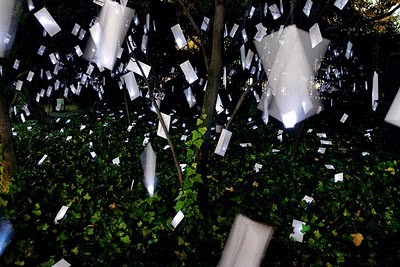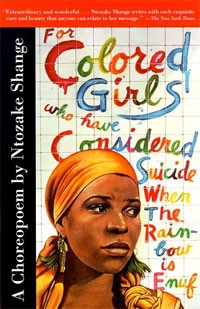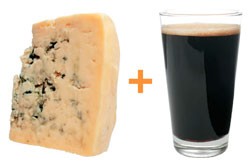 It was a year ago when my husband & I decided to move to Santa Fe — it’s been a tremendous amount of work and stress to move our lives from one state to another, plus remodelling our new house pretty much ourselves. Last Saturday we celebrated with a restaurant dinner (ah! to wear a dress and heels rather than paint spattered jeans with the knee missing and a t-shirt with a thousand stains!)
It was a year ago when my husband & I decided to move to Santa Fe — it’s been a tremendous amount of work and stress to move our lives from one state to another, plus remodelling our new house pretty much ourselves. Last Saturday we celebrated with a restaurant dinner (ah! to wear a dress and heels rather than paint spattered jeans with the knee missing and a t-shirt with a thousand stains!)
 Despite all the problems with our house, I would buy it again for the trees — we’re surrounded by pinons, russian olives, junipers & aspens. When the long to-do list gets overwhelming, I rejuvenate by watching the birds at my feeder or, more likely, listening to the aspens rustle. I mistakenly thought quaking aspens only made their fluttering noise in the fall when the leaves dried, but even the green leaves make a pleasing whisper when they rub together in a breeze.
Despite all the problems with our house, I would buy it again for the trees — we’re surrounded by pinons, russian olives, junipers & aspens. When the long to-do list gets overwhelming, I rejuvenate by watching the birds at my feeder or, more likely, listening to the aspens rustle. I mistakenly thought quaking aspens only made their fluttering noise in the fall when the leaves dried, but even the green leaves make a pleasing whisper when they rub together in a breeze.
 Several years ago I bought the broadside above of Robert Haas’ poem The Problem of Describing Trees for the line “There are limits to saying, / In language, what the tree did.” When this week I finally got the chance to hang it up, it seems even better with the aspen tree images. The print is by Sara Langworthy and signed by Haas. Here’s the poem, and you can read an interview with Haas about the poem here.
Several years ago I bought the broadside above of Robert Haas’ poem The Problem of Describing Trees for the line “There are limits to saying, / In language, what the tree did.” When this week I finally got the chance to hang it up, it seems even better with the aspen tree images. The print is by Sara Langworthy and signed by Haas. Here’s the poem, and you can read an interview with Haas about the poem here.
The Problem of Describing Trees
The aspen glitters in the wind.
And that delights us.
The leaf flutters, turning,
Because that motion in the heat of summer
Protects its cells from drying out. Likewise the leaf
Of the cottonwood.
The gene pool threw up a wobbly stem
And the tree danced. No.
The tree capitalized.
No. There are limits to saying,
In language, what the tree did.
It is good sometimes for poetry to disenchant us.
Dance with me, dancer. Oh, I will.
Aspens doing something in the wind.
— Robert Hass







 It was a year ago when my husband & I decided to move to Santa Fe — it’s been a tremendous amount of work and stress to move our lives from one state to another, plus remodelling our new house pretty much ourselves. Last Saturday we celebrated with a restaurant dinner (ah! to wear a dress and heels rather than paint spattered jeans with the knee missing and a t-shirt with a thousand stains!)
It was a year ago when my husband & I decided to move to Santa Fe — it’s been a tremendous amount of work and stress to move our lives from one state to another, plus remodelling our new house pretty much ourselves. Last Saturday we celebrated with a restaurant dinner (ah! to wear a dress and heels rather than paint spattered jeans with the knee missing and a t-shirt with a thousand stains!)